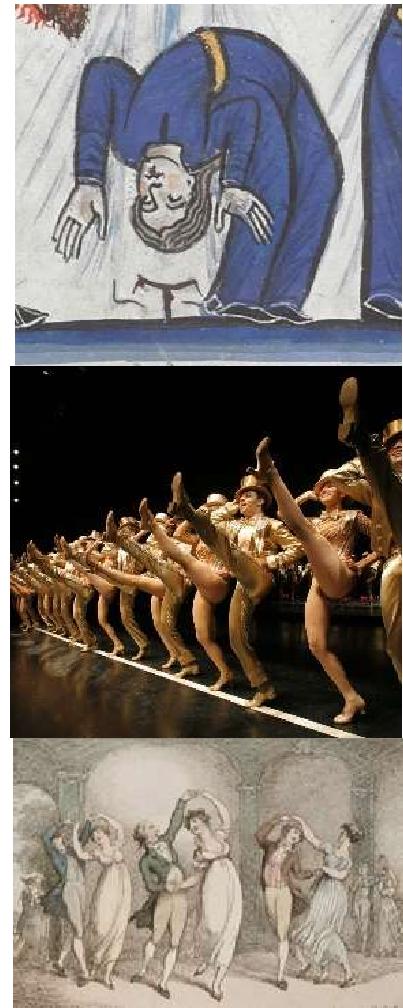CANG 9263 _ Dancing Through Time and Space: The History of Dance and its Representations in English‑language Literature, Cinema, and Popular Culture

(C1-ADVANCED LEVEL)
Teacher: Dr. Tessa NUNN
Description
What role does dance play in English-speaking cultures? How does dance contest or confirm social, political, and cultural practices? This course is an introduction to dance history in the English-speaking world. We will explore how cultures represent dance in literature, films, newspapers, advertisements, television shows, video games, and music videos. Our study of dance will span from the Middle Ages to today. We will examine how social dances in literary works, such as Geoffrey Chaucer’s The Canterbury Tales, Jane Austen’s Pride and Prejudice, Charles Dickens’s David Copperfield, and William M. Thackeray’s Vanity Fair, reinforce or disrupt dominant notions of heterosexual relations, social class, and morality. We will study how representations of fictional and real professional dancers in literature, films, and popular culture reveal social anxieties about the visibility of active gendered bodies. Looking at a variety of cultural products, we will analyze the connections between dance history and histories of colonialism, slave trade, and racism. We will explore how dance creates utopian or dystopian worlds in staged dance performances as well as in musical films.
This course is designed for advanced learners of English (C1 level).
Objectives
- Students will understand how dance reflects national and regional values, traditions, and transformations.
- Students will reflect on the role of religion and politics in the representation and evolution of diverse dance practices.
- Students will be able to express and support their opinions about texts, performances, films, and other cultural objects.
- Students will enrich their vocabulary through reading and listening assignments.
- Students will improve their written and oral English skills through in-class discussions, oral presentations, and written assignments.
Assessments
This course is assessed through coursework (50%) and a final exam (50%). The coursework includes short writing assignments, class participation, and an oral presentation. The final exam will consist in a research paper and an oral exam.





